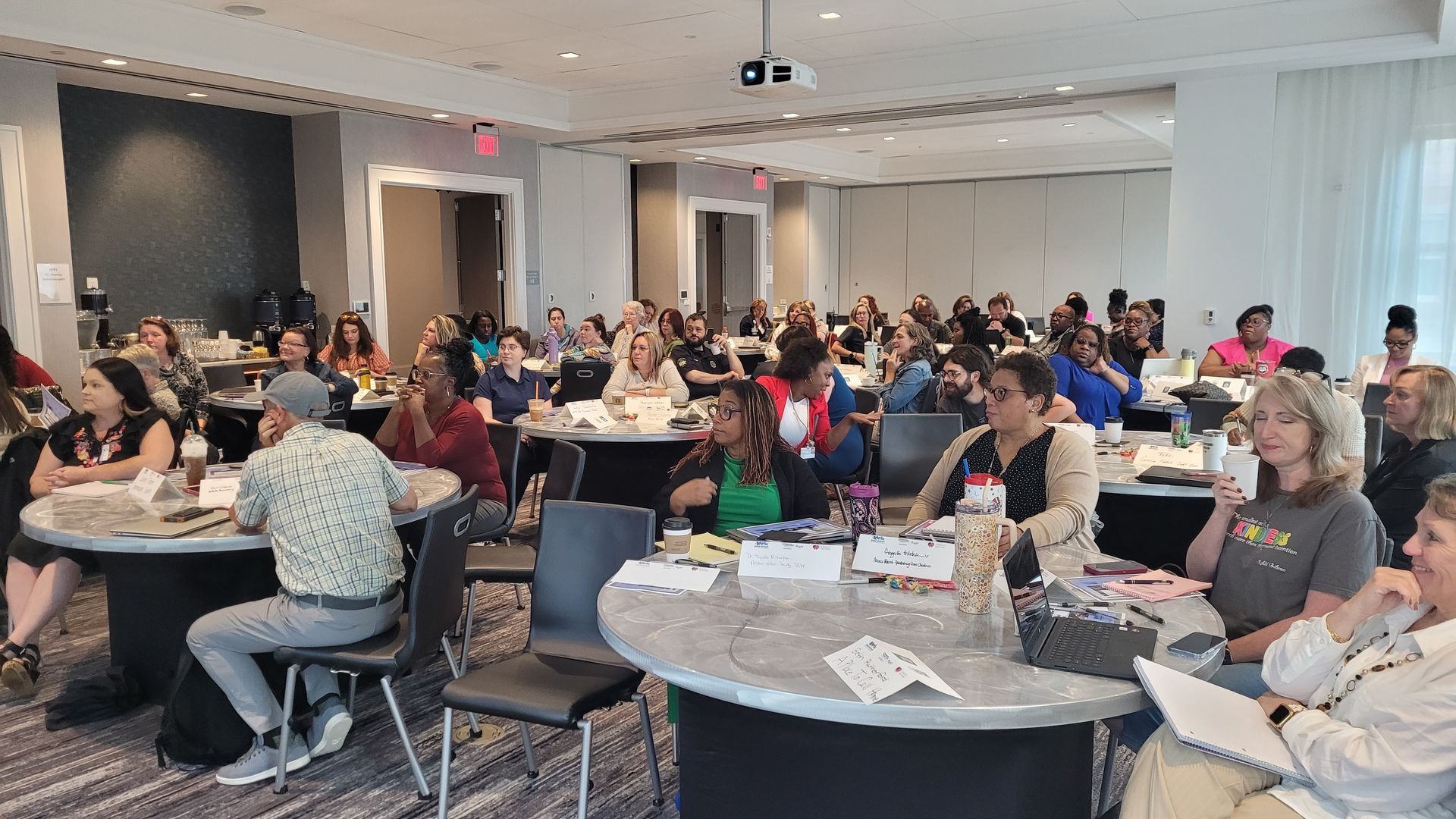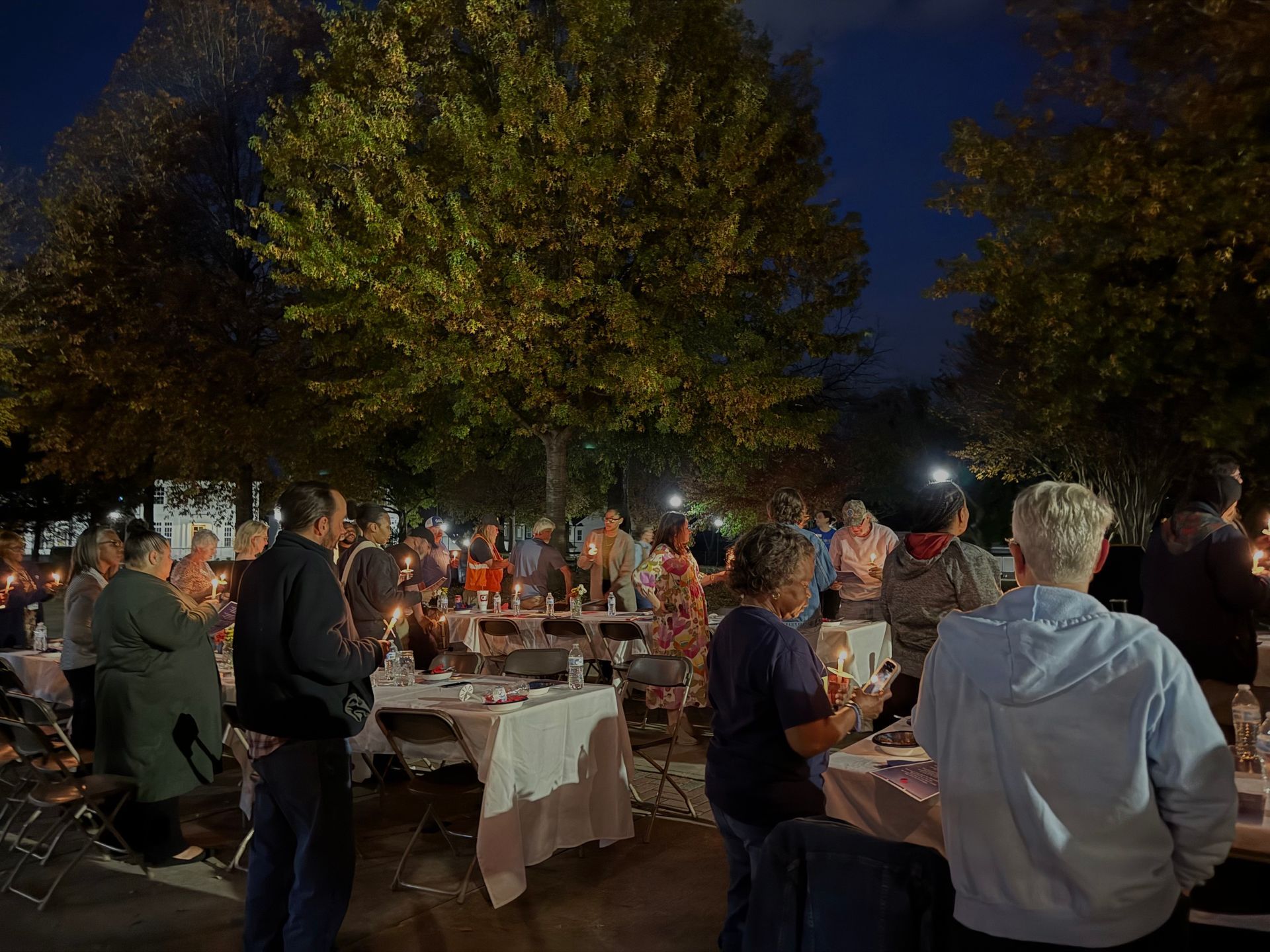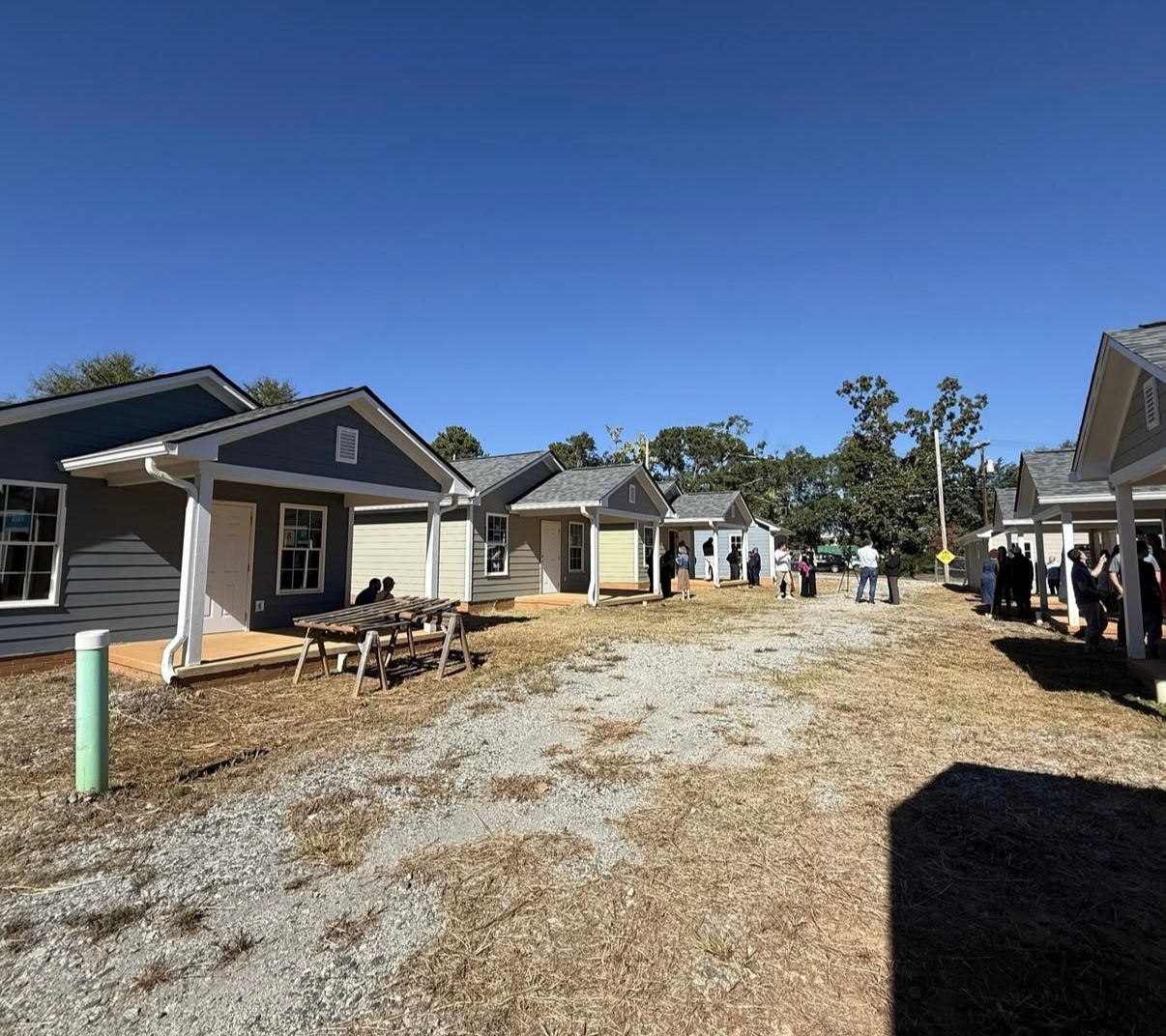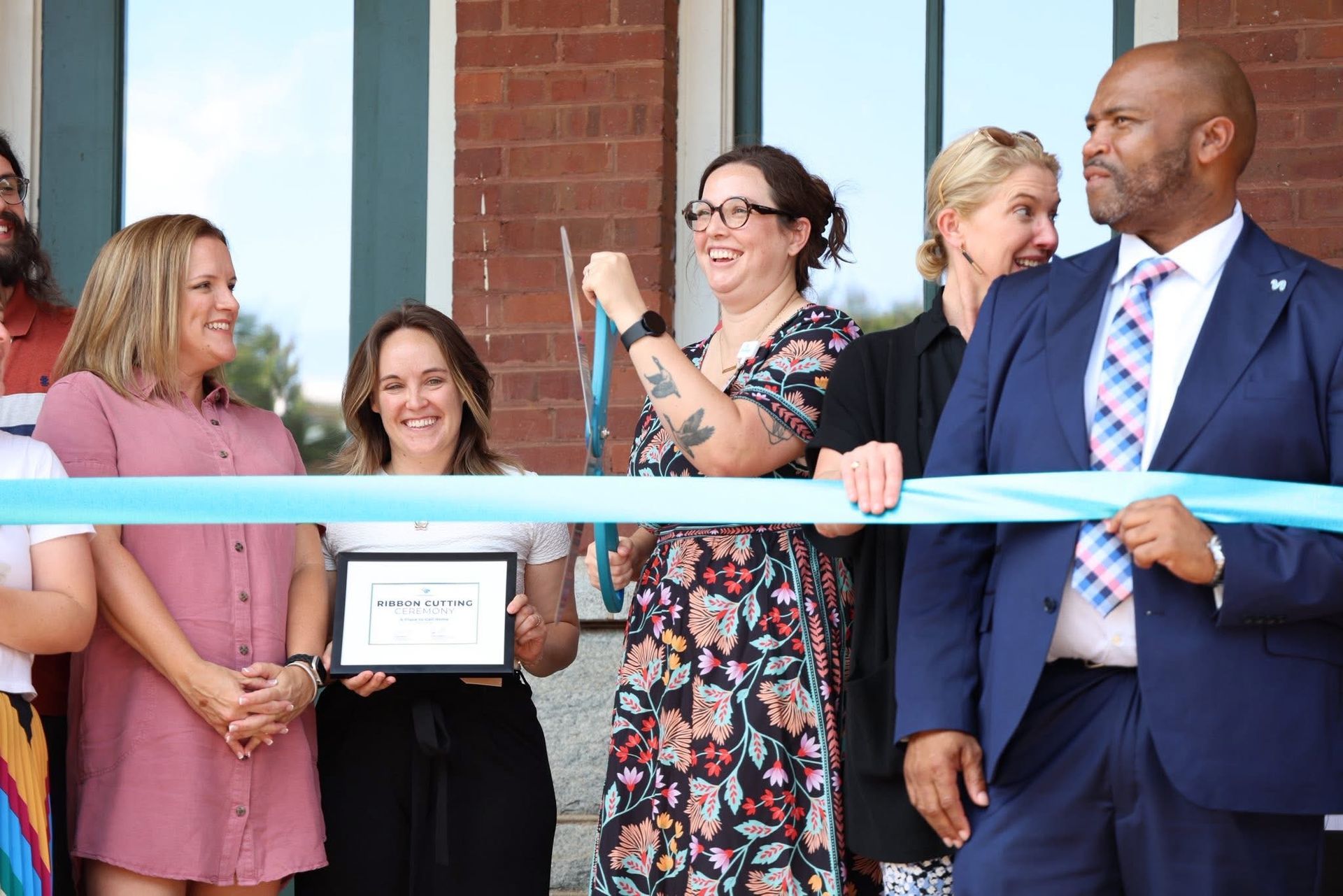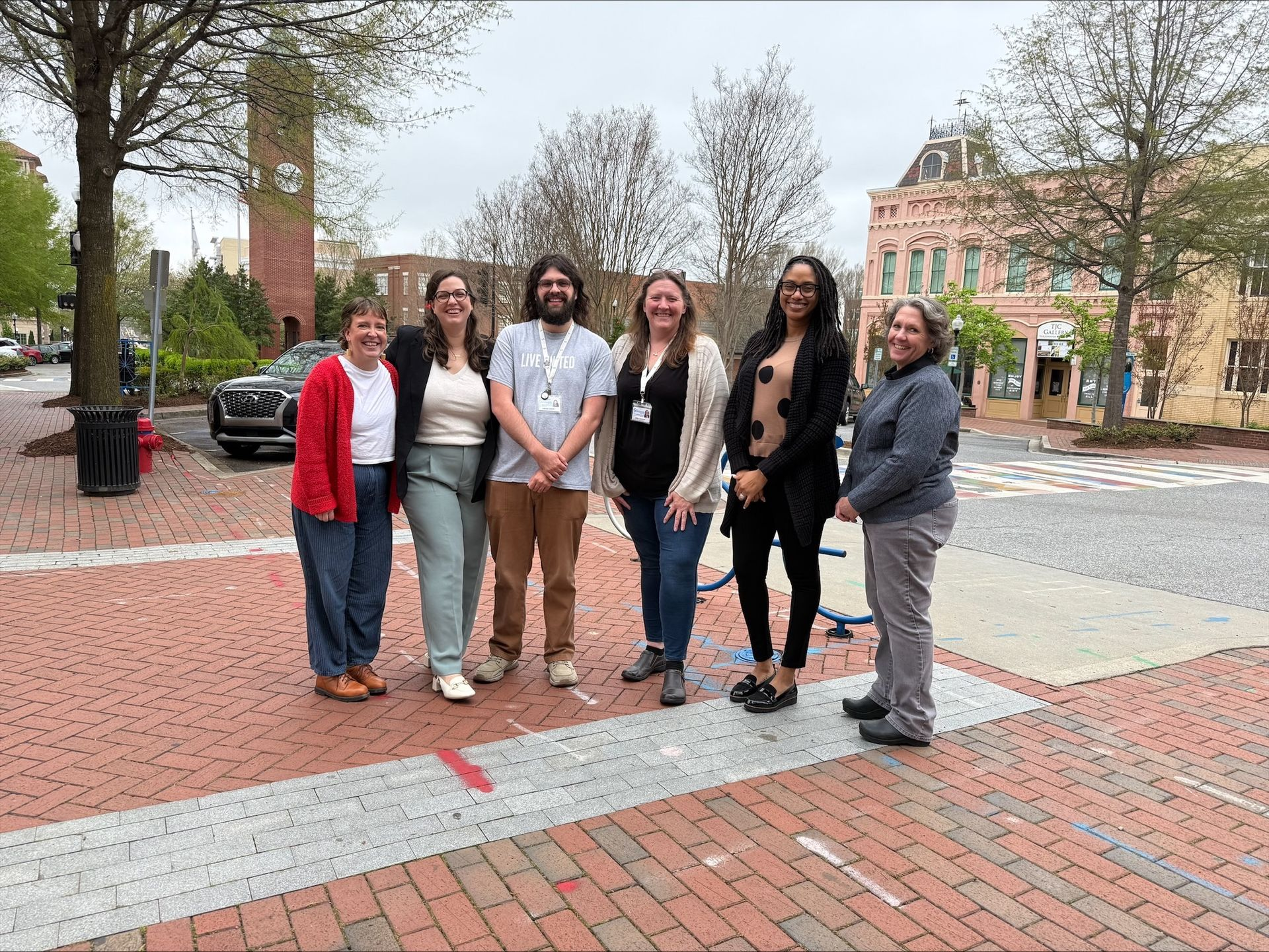THE ISSUE
Prevent | Serve | House
This page is your gateway to essential data, insightful reports, and our blog, all in one place. Here, you'll find the latest research and analysis to inform strategies, drive advocacy, and support effective responses to homelessness. Whether you're a policymaker, service provider, or community advocate, these resources offer the insights you need to take meaningful action. Explore further below, and visit our blog for deeper stories and reflections from the field.
2024 SCICH State of Homelessness Report
A comprehensive state-level analysis of homelessness across South Carolina, produced by the South Carolina Interagency Council on Homelessness (SCICH). Highlights include:
- Homelessness in SC increased by 11% in FY 2023 with 4,053 individuals counted in the Point‐in‐Time (PIT) survey (up from 3,608 in FY 2022). Children experiencing homelessness rose by 13%, reaching 13,770.
- 12,376 people served through HMIS‐participating providers from October 2022 to September 2023 (10,154 households).
- Demographic details and trends, including race, age, veteran status, and experiences related to domestic violence.
South Carolina McKinney-Vento Data
Annual data capturing the number and characteristics of children experiencing homelessness in South Carolina schools under the McKinney‐Vento Act. This includes details on:
- Total children affected
- Housing situations (e.g., doubled-up, shelters, unsheltered)
- Regional and demographic breakdowns
2025 PIT and HIC Dashboard — Upstate CoC
An interactive dashboard presented by the Upstate Continuum of Care, showcasing:
- 2025 Point‐in‐Time (PIT) Count results
- 2025 Housing Inventory Count (HIC) metrics
These visualizations provide critical insight into both the number of individuals experiencing homelessness and the current shelter and housing infrastructure available.
2024 Racial Disparities Study — Upstate CoC
A summary study focused on identifying and addressing racial disparities in the provision and outcomes of homeless services within the Upstate Continuum of Care. The report includes:
- Key findings highlighting disparities
- Recommendations for policy, programmatic, and systemic improvements
Blog & Further Reading
- Analyses of emerging trends in homelessness
- Stories from practitioners and communities
- Tools and best practices for advocacy and service delivery
- APTCH operations updates & more
Stay tuned for updates, commentary, and reflections that bring these data and reports to life.
